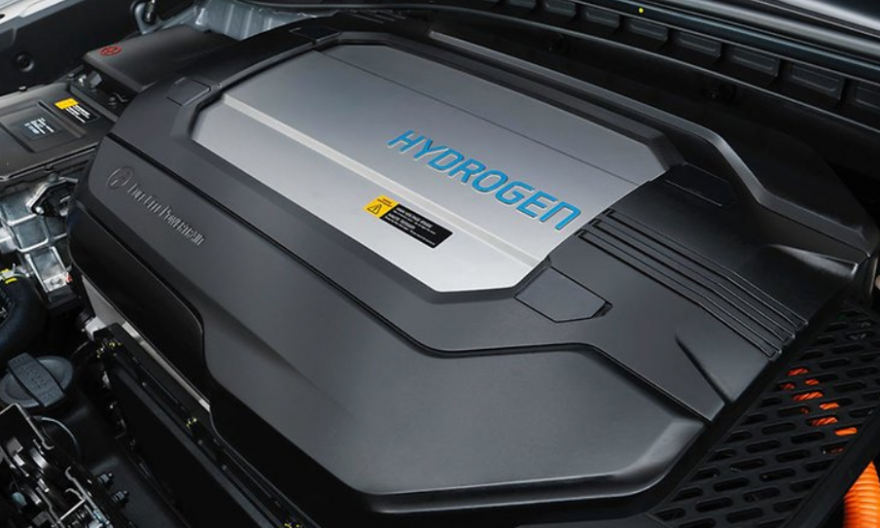
A recent study has uncovered the potential benefits of blue hydrogen for cost savings in the European power market by the 2030s. However, early adoption of green hydrogen could lead to increased costs and higher CO2 emissions. If natural gas prices mimic the trends of the 2022 energy crisis, green hydrogen could become the primary source by 2030 and 2050, resulting in significant price surges.
Researchers from the Norwegian University of Science and Technology have highlighted the role of hydrogen as an energy carrier in Finland. This transition could lead to a remarkable 71.5% reduction in CO2 emissions and a substantial decrease of 72.6% in fossil energy consumption, while electricity consumption would increase by 31.9%.
By incorporating 19.98 TWh of hydrogen into industries and transport, the study envisions a substantial reduction in fossil fuel usage from 78.92 to 21.60 TWh/a, along with a decrease in CO2 emissions from 22.91 to 6.54 MtCO2/a by 2040. The higher electricity demand necessitates the expansion of renewable energy sources, and the concept of flexible hydrogen production offers efficiency gains, despite the current economic challenges associated with hydrogen storage.
READ I Sustainability: Need a blueprint for gauging corporate commitment
Green Hydrogen and Finland’s quest for carbon neutrality
In a not-so-distant future, Finland’s landscape has undergone a remarkable transformation towards carbon neutrality by 2035, driven by innovation and determination. The deployment of power-to-hydrogen (P2H2) technology emerges as a beacon of hope in a nation grappling with reduced natural carbon sinks. The meticulous study, ‘The Role of Power-to-Hydrogen in Carbon Neutral Energy and Industrial Systems: Case Finland,’ details how researchers dissected the Finnish energy landscape, revealing the potential of green hydrogen as a transformative force.
This journey commences with a comprehensive analysis of Finland’s energy system, where industries, transportation, and heating have historically contributed significantly to carbon emissions. Finland’s pivot towards renewables, like wind and hydro power, coupled with the surge in nuclear power with the Olkiluoto 3 plant, set the stage for change.
Primary fuel consumption and electricity trade

Hydrogen emerges as a pivotal catalyst, with industries adopting direct hydrogen reduction methods to replace coal-dependent processes. This meticulous transformation, including the shift from traditional blast furnaces, significantly reduces fossil fuel consumption and CO2 emissions, revitalizing the nation’s economic outlook.
In this evolving landscape, hydrogen-powered heavy-duty vehicles dot Finnish roads, replacing conventional diesel engines. While ambitious, this transition is fueled by the urgency to combat emissions and improve air quality. Hydrogen fuel cells, with their impressive efficiency, drive these vehicles, signaling a cleaner era of transportation, though challenges related to infrastructure and costs persist.
Amid these developments, the role of power-to-hydrogen technology becomes apparent. By introducing hydrogen electrolysis to transportation and industries, Finland is positioned to redefine its energy landscape. The EnergyPLAN model, a trusted guide, forecasts a carbon-neutral Finland in 2040, with decarbonized heat and power sectors forming the bedrock for hydrogen integration.
The study’s findings are groundbreaking, envisioning a notable reduction in fossil fuel consumption and CO2 emissions with the introduction of 19.98 TWh of hydrogen. These shifts are accompanied by impressive energy efficiency gains and enhanced economic viability. The transportation sector stands out, surpassing scenarios reliant on fossil fuels.
Yet, challenges emerge, including rising electricity demand, leading to calls for increased wind power investments. The quest for sustainable heat production adds complexity. Although the introduction of hydrogen promises transformation, it requires additional measures to ensure carbon neutrality.
Within these challenges, a glimmer of hope emerges through the concept of flexible hydrogen production. By adapting hydrogen production to match energy system fluctuations, researchers unveil a strategy to reduce renewable electricity wastage and curb biomass usage. However, hurdles remain, particularly the economic feasibility of extensive hydrogen storage.
Finland’s journey towards carbon neutrality is rife with complexities, yet the nation’s resolute commitment, coupled with innovative technologies like power-to-hydrogen, points towards a greener and brighter future. As the study concludes, hydrogen’s potential promises a harmonious fusion of energy, industry, and transportation, heralding a promising trajectory towards a sustainable future for generations to come.
(This article has been written with artificial intelligence inputs.)

